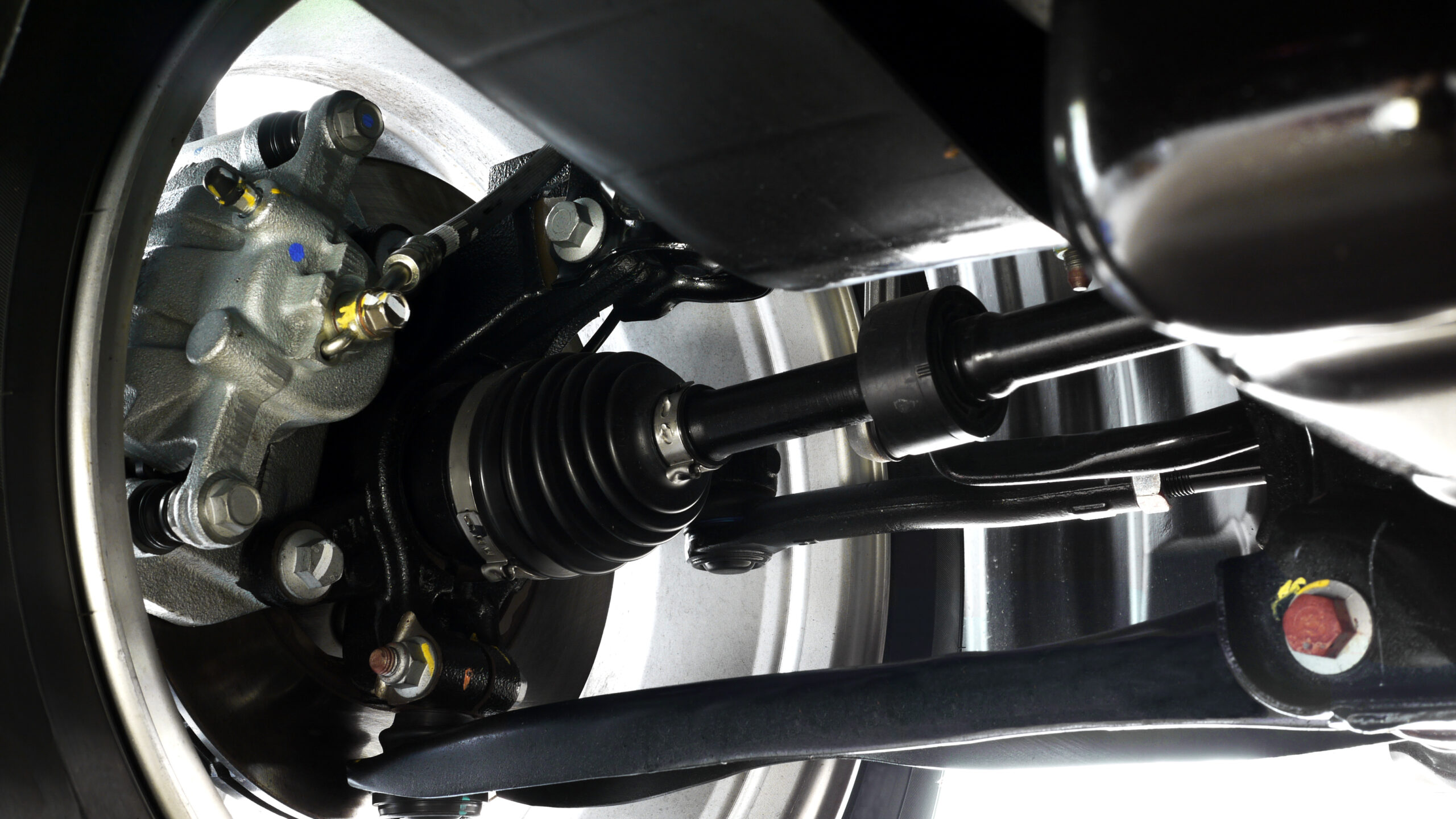Axle & CV Joint Repair
Axle and CV (Constant Velocity) joint repair is a type of automotive maintenance and repair service that focuses on the components responsible for transferring power from the vehicle’s transmission to the wheels while also allowing for smooth and flexible movement of the wheels as the vehicle turns and travels over uneven terrain.
Axle and CV joint repair is crucial for maintaining the safe and efficient operation of a vehicle, as problems with these components can lead to reduced drivability, loss of power, and even potential safety hazards if left unaddressed. Drivers should pay attention to any unusual noises or handling issues in their vehicles and seek professional repair services when needed to keep their vehicles in good working condition.
